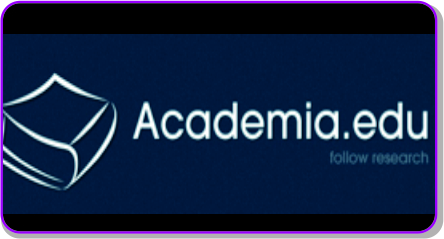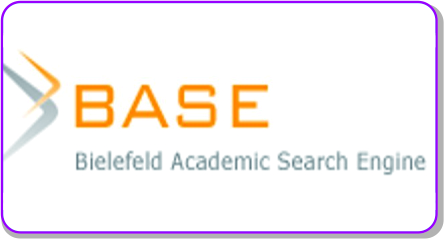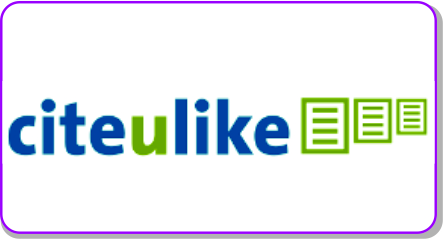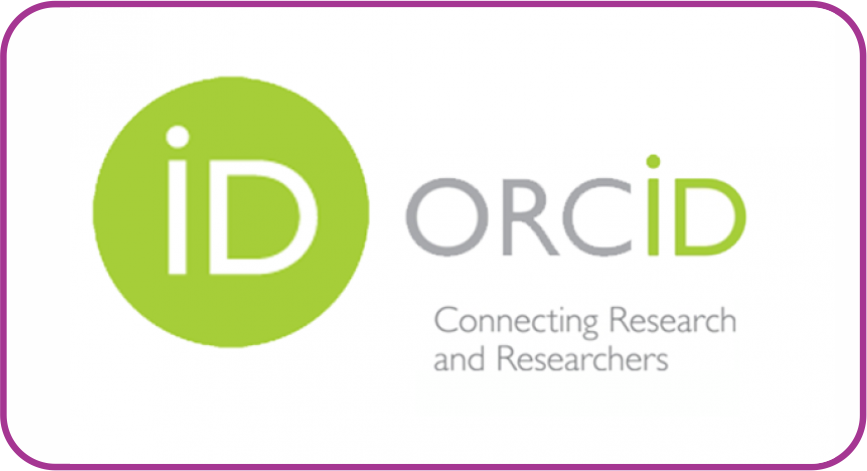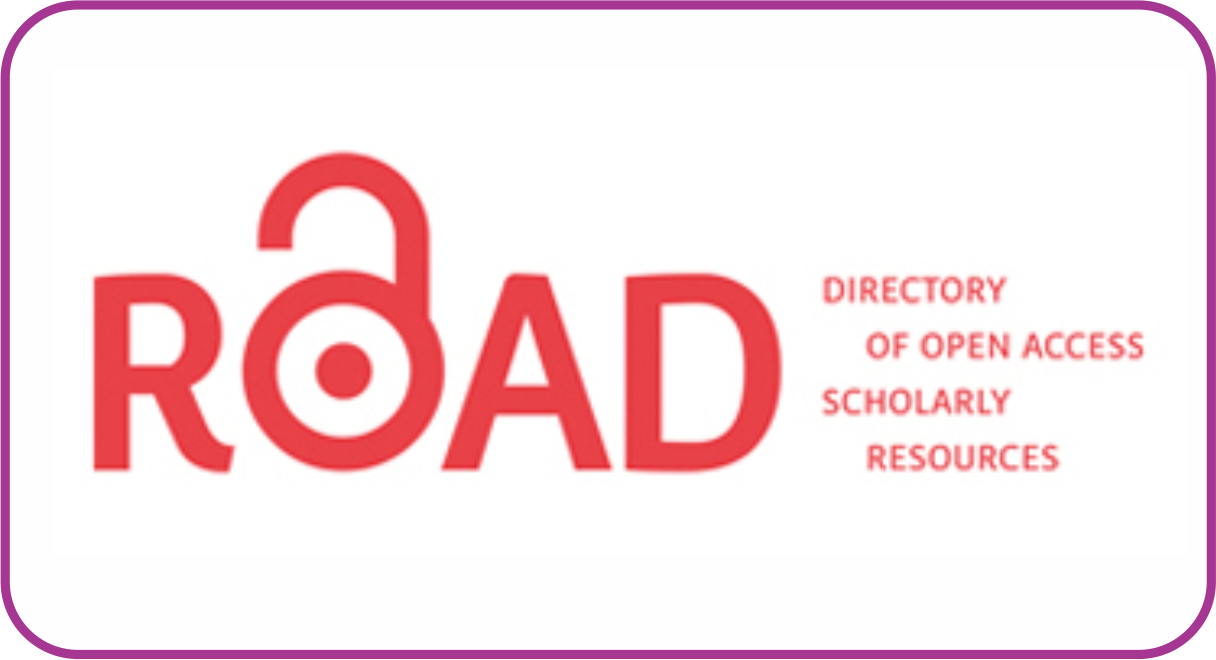Hubungan Pemanfaatan Internet dalam Pembelajaran dengan Hasil Belajar Siswa
DOI:
https://doi.org/10.30983/educative.v2i1.339Abstract
The purpose of this study was to determine a significant positive relationship between internet utilization and student learning outcomes in SMA Negeri 1 OKU. This research is quantitative research using correlation method. The sample in this research is 216 students. Data collection in this research is using questionnaire. Data analysis using Pearson Product Moment formula. Based on the results of research elements of internet utilization in learning in SMA Negeri 1 OKU get good value is in terms of internet as a medium. While the weakest is the use of e-learning for learning. The result of the value of the correlation coefficient is 0.769. The correlation coefficient of 0.569 is included in the strong category. This shows a strong relationship of variable X (the use of Internet in Learning) with variable Y (learning outcomes) in students of SMA Negeri 1 OKU.References
Buku Teks
De Porter, Bobbi dan Hernacki, (1992), Quantum Learning, Bandung: Penerbit Kaifa.
Jurnal Ilmiah
Puteri, Hesi Eka, Kontribusi BPRS Merealisasi Financial Inclusion dalam Penguatan Ekonomi Lokal: Evaluasi Empiris dan Penguatan Strategi, Islam Realitas: Journal of Islamic & Social Studies, Vol. 8, No. 1, Juni 2015, h. 20.
Makalah Ilmiah dan Artikel
Sujimat, D. Agus, “Penulisan karya ilmiahâ€. Makalah disampaikan pada Pelatihan Penelitian bagi Guru SLTP Negeri di Kabupaten Sidoarjo tanggal 19 Oktober 2000 (Tidak diterbitkan),
Karunia Mulya Firdausy, in Memoriam Thee Kian Wie, “Birograsi Hambat Kemajuan Ekonomi dan Penelitiâ€, Harian Kompas, Kamis, 13 Februari 2014
Referensi Online dan Wawancara
Rosadi, Asep, “Syarat Kredit KUR BRIâ€,www. Blogaseprosidi.html, diakses pada tanggal 10 Februari 2014.
Sinangguli, Sinaga, Wawancara Pribadi, Minggu 16 Februari 2014
Downloads
Submitted
Accepted
Published
Issue
Section
License
Authors who publish with this journal agree to the following terms:
1. Authors retain copyright and grant the journal right of first publication with the work simultaneously licensed under a Creative Commons Attribution License that allows others to share the work with an acknowledgment of the work's authorship and initial publication in this journal.
2. Authors are able to enter into separate, additional contractual arrangements for the non-exclusive distribution of the journal's published version of the work (e.g., post it to an institutional repository or publish it in a book), with an acknowledgment of its initial publication in this journal.
3. Authors are permitted and encouraged to post their work online (e.g., in institutional repositories or on their website) prior to and during the submission process, as it can lead to productive exchanges, as well as earlier and greater citation of published work (See The Effect of Open Access).





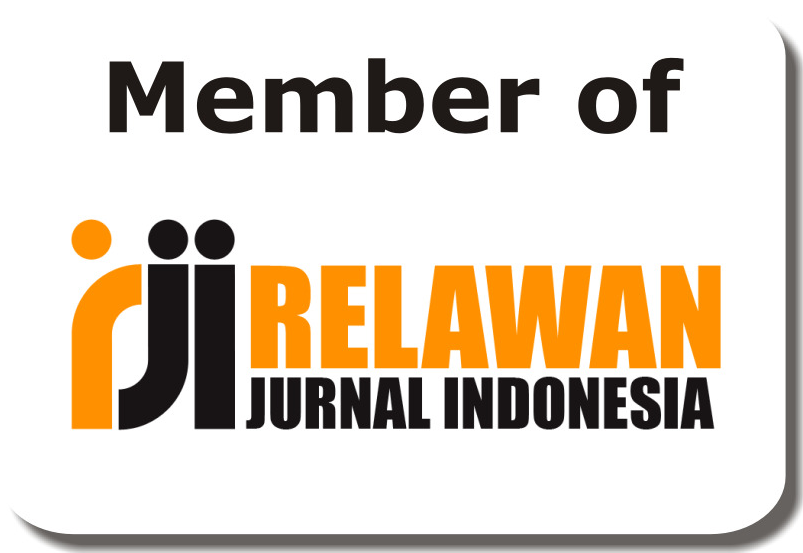
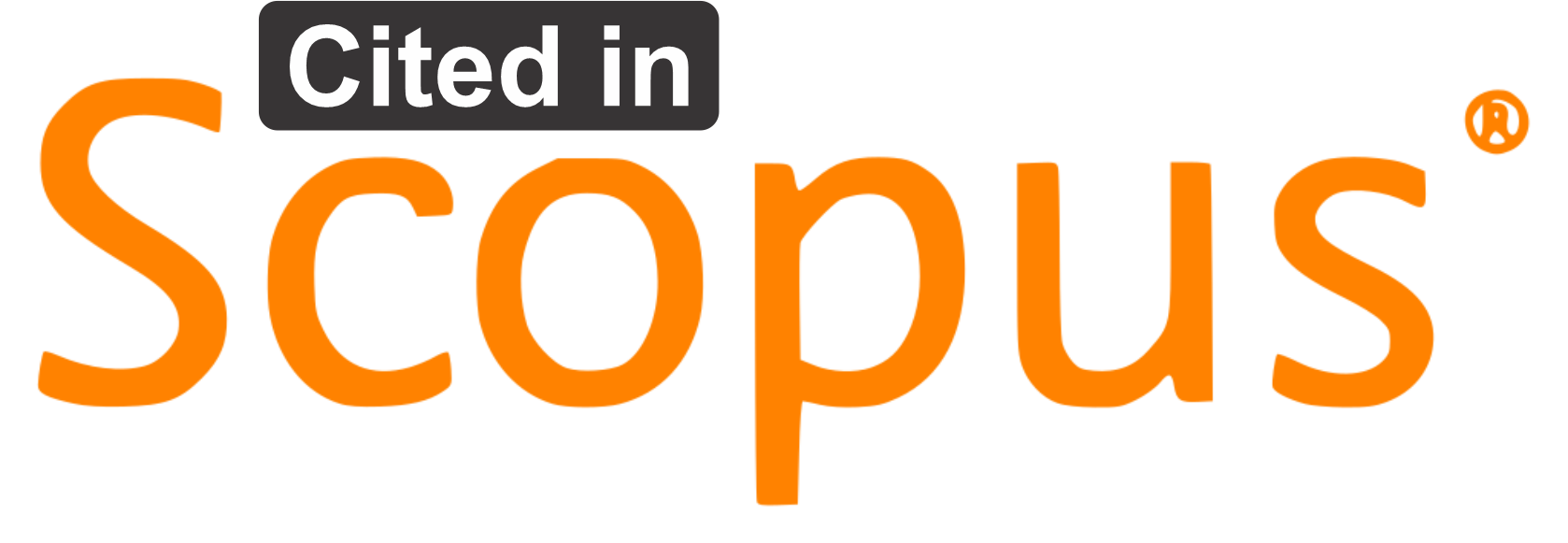

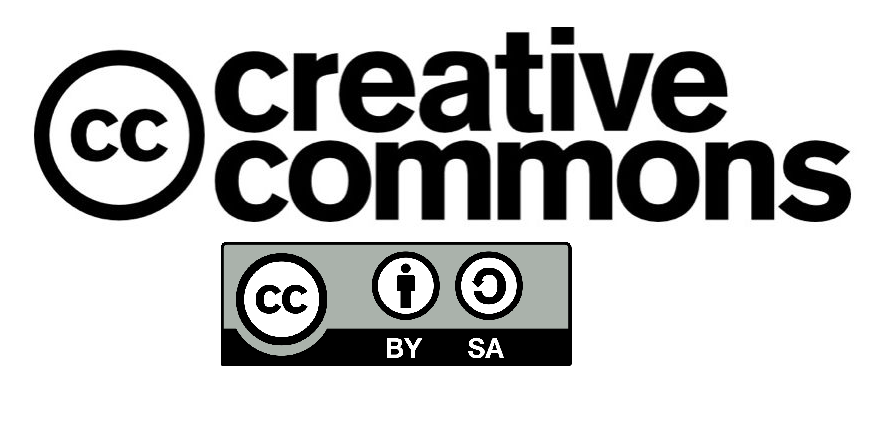
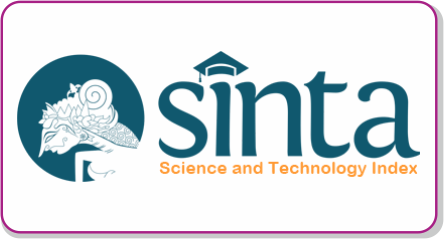
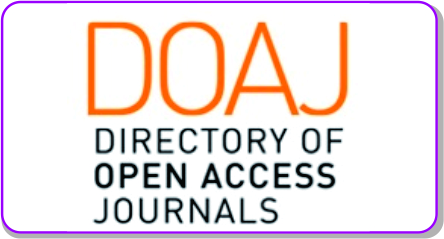


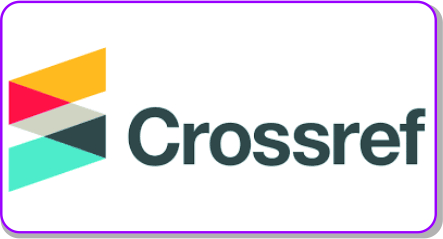


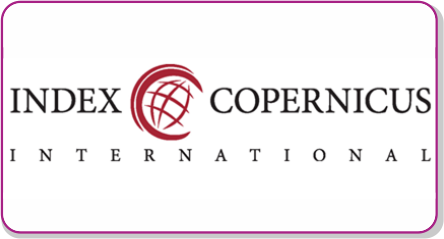

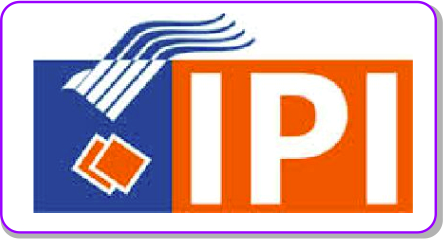 Â
 